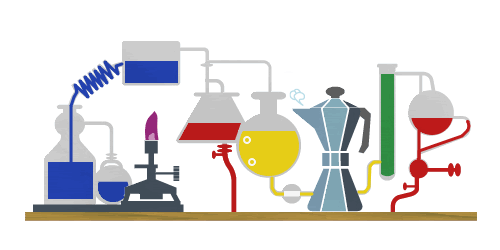
scroll
more than
just numbers
general
mathematics
FUNCTIONS
A technical definition of a function is: a relation from a set of inputs to a set of possible outputs where each input is related to exactly one output.
This means that if the object x is in the set of inputs (called the domain) then a function f will map the object x to exactly one object f(x) in the set of possible outputs (called the codomain).
The notion of a function is easily understood using the metaphor of a function machine that takes in an object for its input and, based on that input, spits out another object as its output.
A function, in the most logical sense, is the set of all values where no x variable is repeated.
RATIONAL FUNCTIONS, EQUATIONS, and INEQUALITES
In General Mathematics, Rational Functions are just those with polynomials (expression with two or more algebraic terms) in the numerator and denominator, so they are the ratio of two polynomials. Since polynomials are defined everywhere, the domain of a rational function is the set of all numbers except the zeros of the denominator.
While a rational equation is an equation containing at least one fraction whose numerator and denominator are polynomials, {P(x)}{Q(x)}. These fractions may be on one or both sides of the equation.
Lastly, an inequality is a statement that two quantities are unequal in one of the five ways listed above. A solution of an inequality is a description of the set of all values of the variable for which the inequality is true.
A rational inequality is in inequality in which the two expressions are rational expressions. That is, polynomials or ratios of polynomials.
more about functions
COMPOSITION OF FUNCTIONS
OPERATION ON FUNCTIONS
EVALUATING FUNCTIONS
RATIONAL FUNCTIONS
RATIONAL EQUATIONS
RATIONAL INEQUALITY

